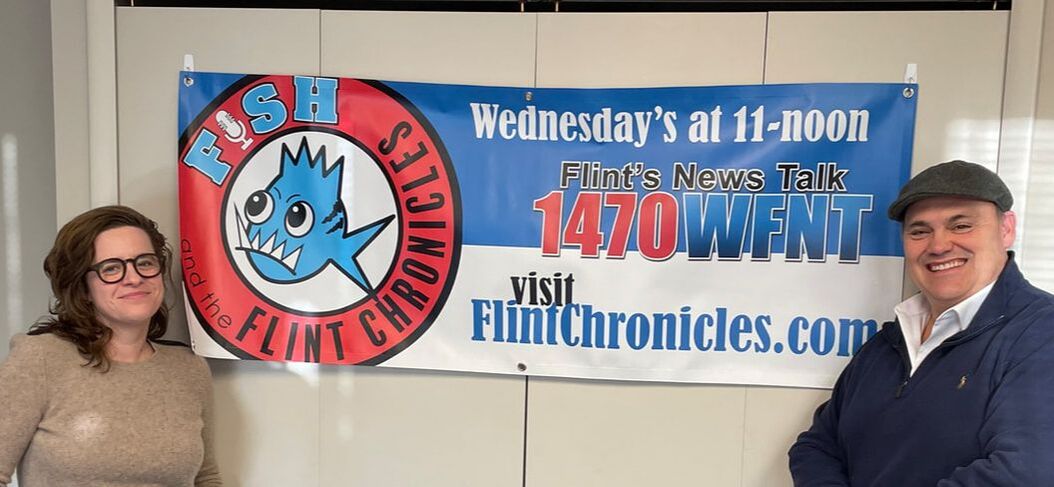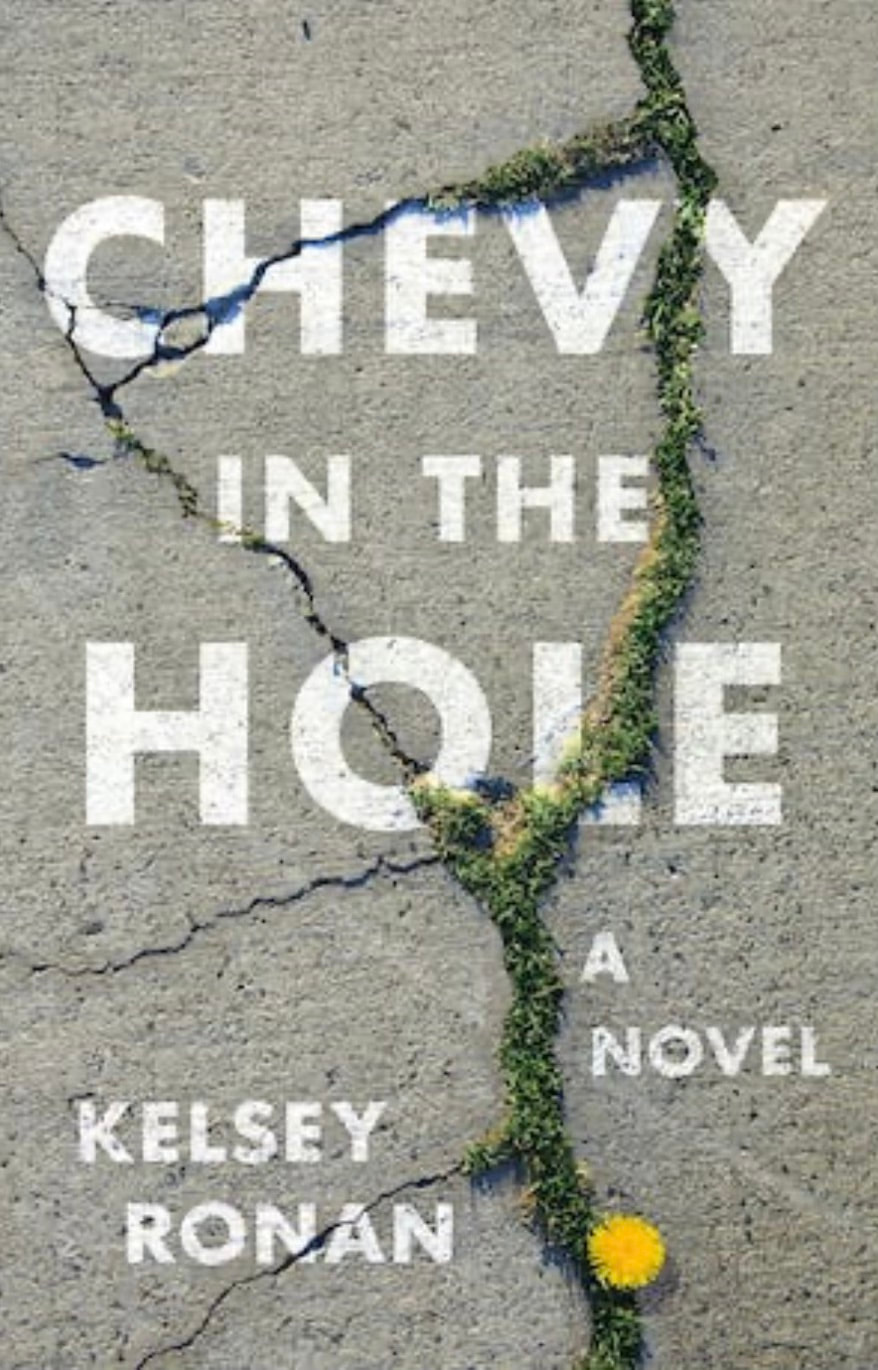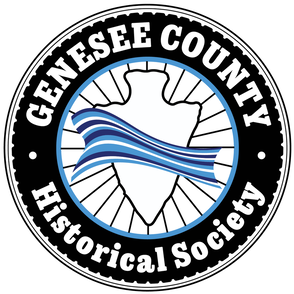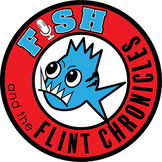ShowsKelsey Ronan
Author February 16, 2022 Growing up in Flint, Kelsey Ronan was acutely aware of it being a particularly unique place. As a writer, she also knew there was a story there somewhere. Like so many who have written about Flint in fiction of non fiction, it is an itch that must be scratched. There are damn few cities outside of the major metropolitan cities that could claim the same slavish devotion to telling the city’s story.
For Ronan, fiction was the vehicle and her first novel is Chevy In The Hole. The title comes form the moniker attached to the Chevrolet plant on Flint’s west side. Nestled in a moderate valley near the Flint river, it was the first Chevrolet plant in the world. A genuinely historic site, it was originally the home of the Flint Wagon Works, the carriage company that brought David Buick and his fledgling company to Flint. The first Buick plant was also situated there, and actually Chevrolet took over that facility when founder Billy Durant started the company. It is the true physical ancestral home of both of those firms, the location of the place where the first Buicks and Chevrolets were mass produced. Durant leveraged Buick to invent General Motors, and then built Chevrolet to take GM back from bankers who had ousted him. Most find it surprising to learn that Chevrolet actually bought GM in a hostile takeover. Perhaps the greatest coup in American business history to this day. The ‘Chevy In The Hole’ site is also ironically the site of the 1936-37 Sit Down Strike that established the United Auto Workers (UAW) as the sole bargaining authority for auto workers. In short: It’s hallowed Flint ground. So its hardly a surprise that Ronan lends this massive historical iceberg to the tip of her tale. Her novel is the story of Flint writ small, telling the key stories of the city in a mostly historically accurate way which isn’t an easy task with the mountain of contradictory history that exists in and out of Flint. Ronan weaves a love story that tracks two families over multiple generations in Flint. August ‘Gus’ Molloy and Monae Livingstone are the interracial couple at the heart of the tale. Ronan writes beautifully, and with the ‘chip on your shoulder’ sensibilities that all Flintstones understand well. The weaving of actual events with fictionalized narratives is particularly cool when it’s done with your hometown. You’ll find multiple moments of thinking “that’s so cool” when she invokes some location, story or historical person or event. The Flint history that envelops that story would sound totally contrived if it weren’t for one fact: It’s all true! Well, actually it’s mostly true. For example, during the civil unrest in Flint in 1967 U.S. Army tanks were not assembled in a line at the border between the north end of Flint and the rest of the city as Chevy In The Hole describes. But Ronan can be forgiven for not nailing all of the history perfectly in a few instances, as much of it is indeed spot on, and it is, after all primarily a work of fiction as a novel. That she wrote about Billy Durant in his last days was a particularly rich moment in the book for me. Few understand the contradiction his life was and how forgotten he was at the end of his life and after his death. While I am not so sure it was as austere as Ronan describes it, it was indeed lonely. After falling from being one of the most wealthy and powerful men in America to running a bowling alley and living alone in Flint at the hotel bearing his name, it was a monumental drop in status. Many of the Flint people he made wealthy ignored him, and some who followed him in to the ditch after he lost everything in the Great Depression were no longer friends. His personal assistant Aristo Scrobogna once said that although his public personae was always cheery, he did not think Durant had a single moment of joy after he lost his fortune. You’ll get that vibe from Roan’s description. The truly amazing part of the Flint history component is that she was able to weave so much of the cities history in to what is essentially a love story. Among the events the book describes are:
Plus there are mentions of:
The story of Flint is huge. It informs so much of Michigan and American culture to this day that it’s borderline impossible to capture that rich mosaic in one book, let alone a novel. But Ronan manages to not only inculcate her novel with that symphony of stories, she is able to build a strong narrative about the people who might have inhabited that world over nearly 100 years of history. That’s a helluva achievement on it’s own merit. The book has already achieved a strong following, national attention, and literary acclaim. To talk about all of that, and more, Kelsey joins Fish for a dive in to the Aquarium of Fish and The Flint Chronicles! |
|





